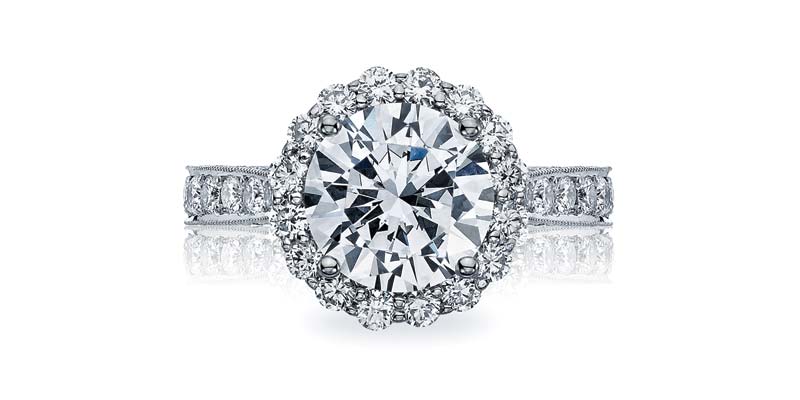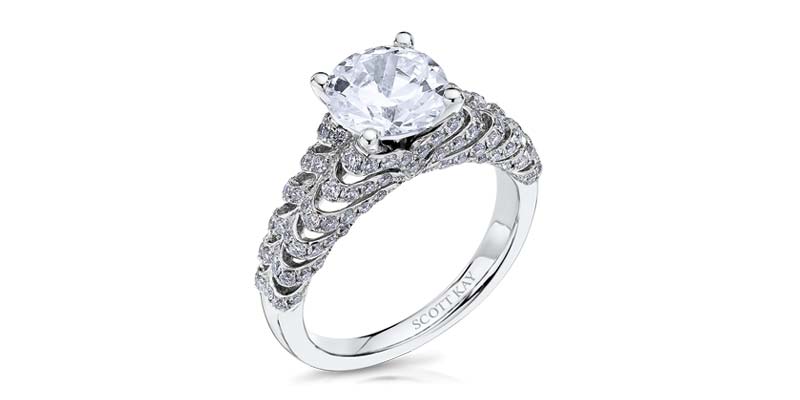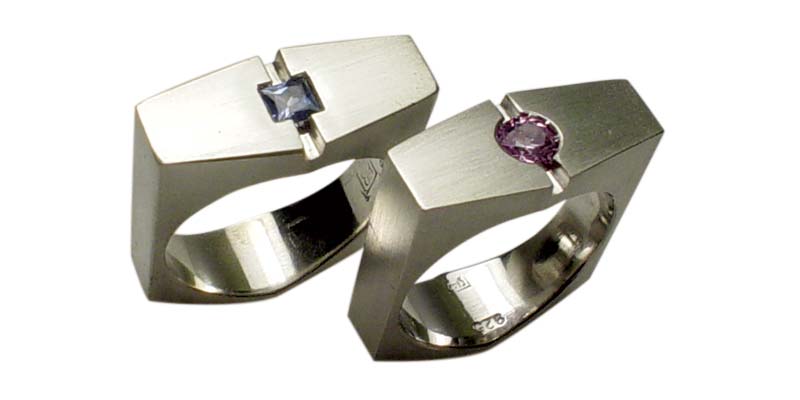Going Dutch
Sure, every little girl dreams about the day she’s presented with an engagement ring. The cut, the setting, the overall style. It’s all pretty much been decided before the whispers of ‘I do’ are even heard. But with more women earning bigger bucks, and in some cases, being the breadwinners of the household, it’s no wonder they may be willing to chip in to get the ring of their dreams when their betrothed can’t afford it.
According to a 2013 survey by The Knot, 46 per cent of women said they would consider contributing to the cost of their ring, particularly when their partner is less financially stable.
It seems logical when you think about it—once married, couples eventually share expenses anyway, so women do pay for their own engagement rings indirectly. Why not pitch in from the get-go, even more so since couples these days tend to shop for the ring together.
Kate Peterson, president and chief executive officer (CEO) of Performance Concepts, says a shift in family dynamics over the last 30 years or so may explain why some women are willing to help pay for their engagement bling.
“What we’re dealing with is an entire population of people who grew up in either two-income or female head-of-household homes,” she explains. “Mom and dad both worked, so family decisions for major purchases were joint. It wasn’t ‘my money’ and ‘your money.’ It was ‘our money.’ When someone at an engagement counter pulls out a credit card, nobody thinks about who is paying the bill.”
The purpose of an engagement ring has also changed. At one point, it was meant to provide a bride with financial security if the wedding were to be called off. Over the years, it came to symbolize the groom-to-be’s commitment to his girlfriend. However, even that has changed in more recent times.
“What’s going on with younger people today is the engagement ring is their symbol jointly to the rest of the world. The engagement ring stopped being a gift a long time ago. It’s a joint purchase now [like anything else of significant value they buy as a couple.]”
While some men prefer to surprise their girlfriends with a ring, other couples plan well in advance of when they become engaged, and subsequently, pay their jeweller a visit together. Weddingbells’ 2013 annual reader survey found 89 per cent of brides had input on how much their ring cost.
So how does a retailer upsell a diamond without potentially embarrassing a groom who may not be able to afford it?
“There are very subtle ways to handle this,” Peterson says. “Couples tend to be very innovative about finding ways to get what they really want. What it comes down to for the retailer is asking the couple to look at all their resources on one side of the equation and all of the things that are most important to them in the diamond and figuring out how to make those two things match. When you say it like that, it’s a conversation about all of their resources, rather than suggesting the bride help pay for the stone. It’s a matter of pointing out that a joint purchase is quite normal these days.”
Same-sex bridal jewellery
As an identifiable market segment, the Lesbian, Gay, Bisexual, and Transgendered (LGBT) community is larger than any other in Canada; however, for the most part, it remains untapped as a buying demographic relative to its size.
According to a recent joint study by the International Gay and Lesbian Chamber of Commerce and the National Post, the LGBT sector is worth just over $100 billion, which equates to 10 per cent of Canada’s entire consumer market. Consider also that the majority of same-sex couples are dual-income households, with no children. The spending power is quite substantial, which is why some big-name companies in sectors like the auto industry are engaged in direct marketing.
Although it’s been nearly nine years since Canada became the fourth country in the world to legalize same-sex marriage, the jewellery industry remains traditional in its views for the most part and it shows.
Robin Gambhir, co-founder of Fair Trade Jewellery Co. in Toronto, says same-sex couples shopping for engagement or wedding rings simply prefer dealing with gay-friendly jewellers.
“The key to this market is treating people like people, instead of judging them,” Gambhir explains. “In general, when anyone walks into a jewellery store, they feel judged, whether it’s for how they’re dressed or their perceived income. When you add sexual orientation onto that, it becomes another way in which someone feels judged. Nobody wants to feel like they’re different and being treated that way. If you have any problems with [same-sex relationships], it just comes out through your body language. The only way to sell into this market is to actually treat same-sex couples as clients and see them as two people who are in love.”
Vancouver-based jeweller Benée Rubin says same-sex bridal jewellery is growing quite rapidly in Canada. Although she’s been creating custom jewellery for gay couples for years, she says it’s such a strong category that she is designing exclusive collections that will sit alongside his-and-hers rings in a retailer’s case. And while carrying a bridal line for gay and lesbian couples doesn’t necessarily rule out bringing in a custom designer to tweak a design here and there, at the very least, it gets the conversation started.
“If something isn’t in the market, people can’t buy it,” Rubin says. “We’ve had so long in the straight world to define how things are done for weddings. There’s so much advertising and money that goes into this. Bridal jewellery for same-sex couples is a new business and very few people are focusing on it.”
So what are some of the standout looks Rubin’s noted over the years? Among her fashion-conscious male clients, artistic rings with detail, subtlety, and style are in demand, while lesbian couples lean toward jewellery that is wearable and less delicate than traditional bridal jewellery for women. “We’re doing things that are feminine in scale and have some feminine detail, but would not be considered feminine,” she says.











